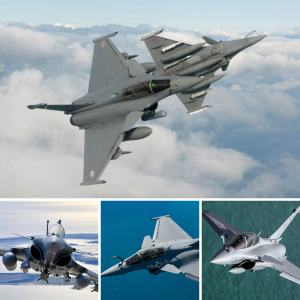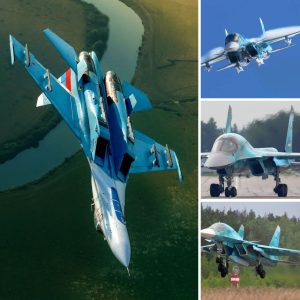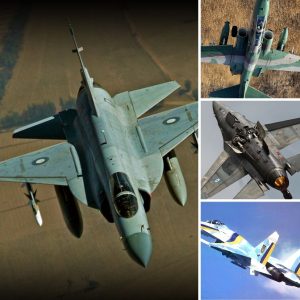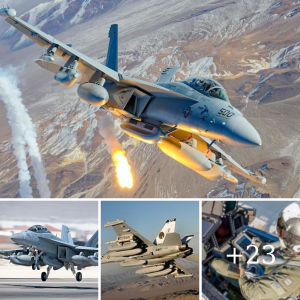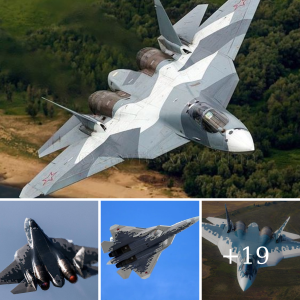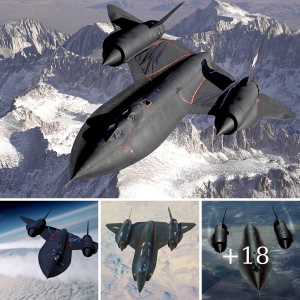In the ever-evolving world of military aviation, few aircraft have managed to maintain their relevance and dominance for as long as the F-16 Fighting Falcon. Nicknamed the “Viper” by its pilots, this versatile, multi-role fighter jet has not only survived but thrived across decades of technological advancements and countless battles. So, what is it about the F-16 that keeps it soaring high while newer aircraft come and go?
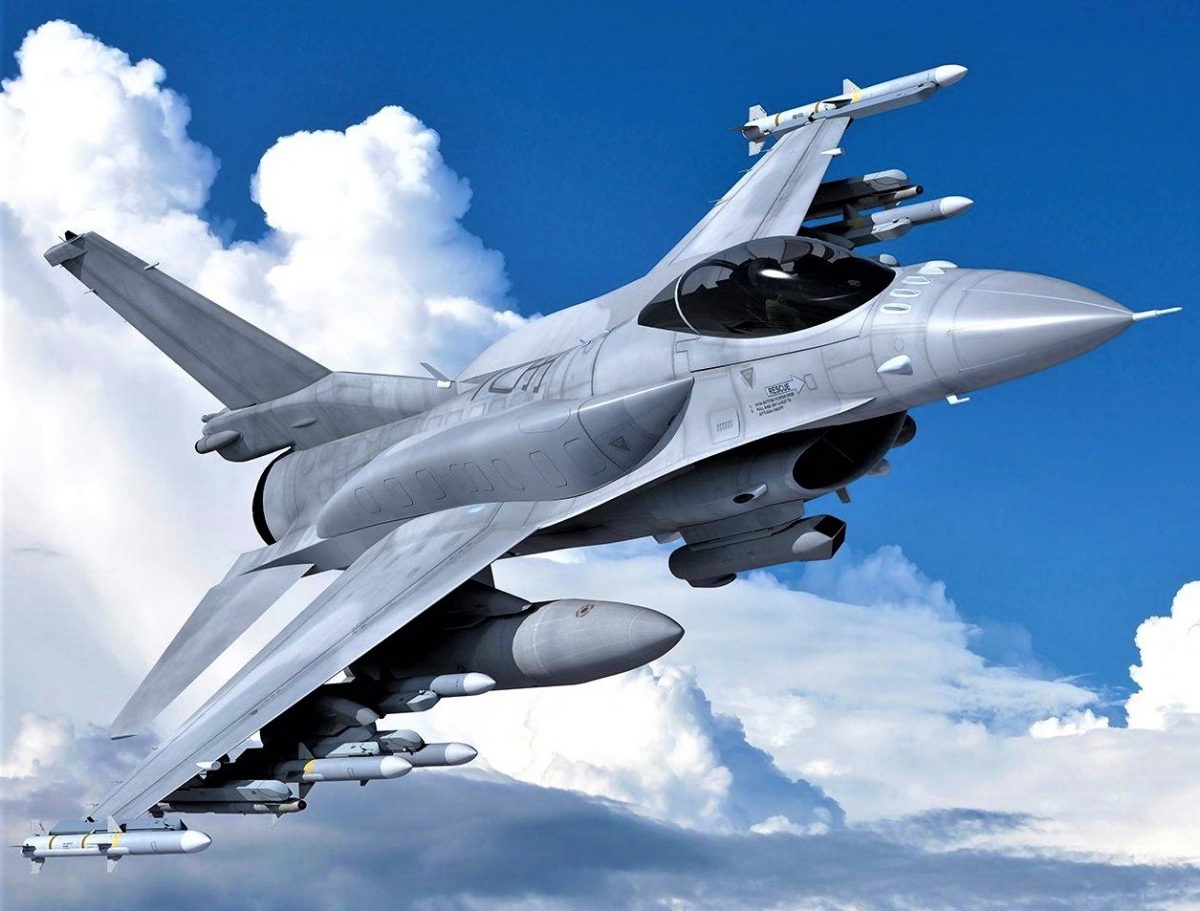
Born to Dominate
The F-16 was originally developed in the 1970s as a lightweight, highly maneuverable fighter designed to complement the heavier F-15 Eagle. However, what began as a secondary player in the U.S. Air Force soon evolved into one of the most successful fighter jets in history. The F-16’s design philosophy was simple yet effective: create a fast, agile aircraft with cutting-edge avionics and a powerful engine, all wrapped up in a cost-effective package. This approach paid off, as the F-16 quickly became a staple of air forces around the world.
The Power of Versatility
One of the key reasons for the F-16’s enduring success is its versatility. The F-16 is not just a fighter; it’s a multi-role workhorse capable of performing a wide range of missions. Whether it’s air-to-air combat, ground attack, reconnaissance, or even electronic warfare, the F-16 can do it all. Its ability to carry a vast array of weapons, including precision-guided munitions, makes it a formidable force in any conflict. This flexibility has allowed the F-16 to adapt to the changing demands of modern warfare, ensuring its continued relevance on the battlefield.
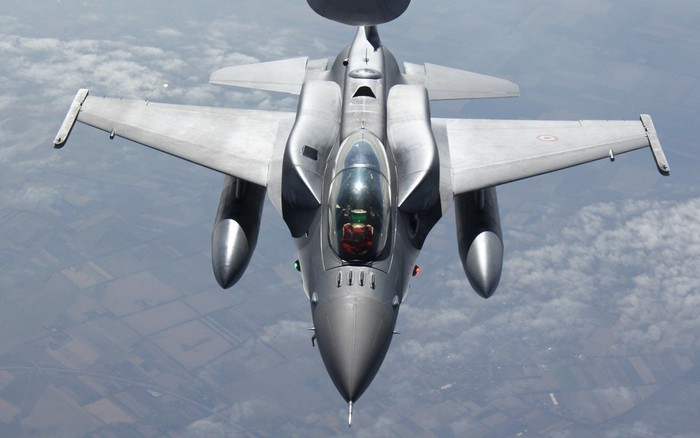
Cutting-Edge Technology
Despite being over four decades old, the F-16 has never stopped evolving. Continuous upgrades have kept this warbird at the forefront of military aviation. The latest variants of the F-16, such as the Block 70/72, boast advanced avionics, improved radar systems, and enhanced engine performance. These upgrades ensure that the F-16 remains a lethal opponent, capable of taking on even the most advanced adversaries. The addition of modern features like the Active Electronically Scanned Array (AESA) radar and advanced cockpit displays further enhances the F-16’s combat effectiveness, making it a fighter jet that pilots can rely on in any situation.
Global Reach and Impact
The F-16’s impact extends far beyond the U.S. Air Force. With over 4,600 units produced, the F-16 serves in the air forces of more than 25 countries, making it one of the most widely used fighter jets in the world. Its affordability and ease of maintenance have made it a popular choice for nations looking to bolster their air capabilities without breaking the bank. From Europe to Asia, the Middle East to South America, the F-16 has proven its worth in numerous conflicts, earning a reputation as a reliable and effective war machine.

A Future Secured
As new fighter jets like the F-35 and J-20 take to the skies, one might wonder if the F-16’s time has come to an end. However, the Viper shows no signs of slowing down. Many air forces continue to invest in modernizing their F-16 fleets, ensuring that this legendary aircraft remains a key component of their defense strategies for years to come. The F-16’s ability to adapt, combined with its proven track record, means that it will likely remain in service well into the 21st century.
In conclusion, the F-16 Fighting Falcon is more than just a fighter jet; it is a symbol of resilience, adaptability, and enduring power. As this warbird continues to fly into the future, it serves as a testament to the timeless principles of engineering excellence and strategic foresight. The F-16 may have been born in the 1970s, but its legacy will undoubtedly stretch far beyond that, cementing its place in the annals of aviation history.
